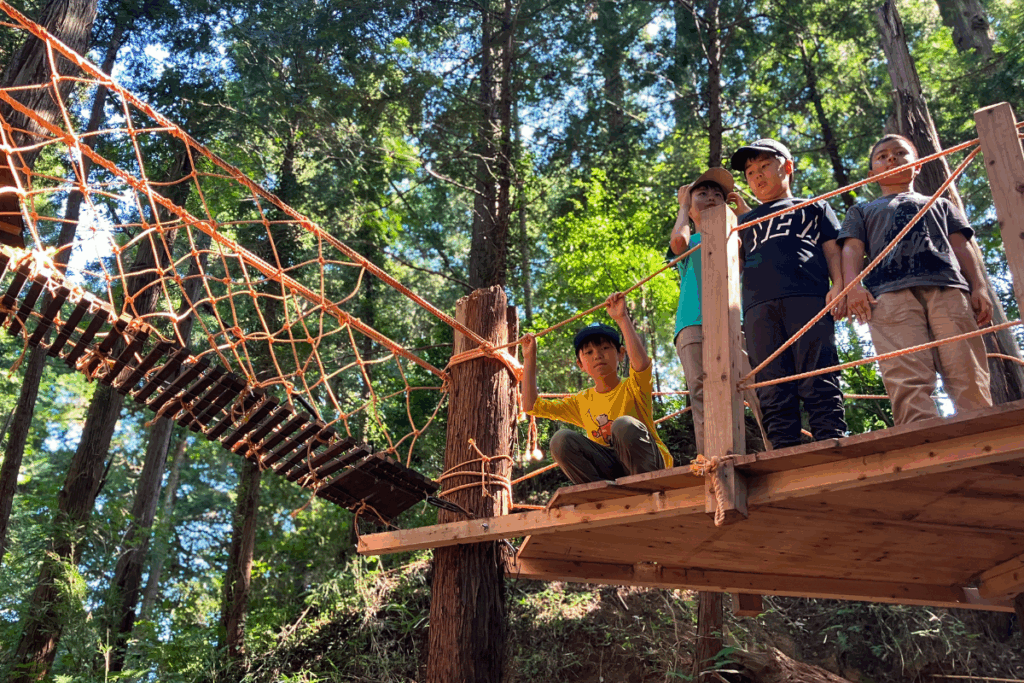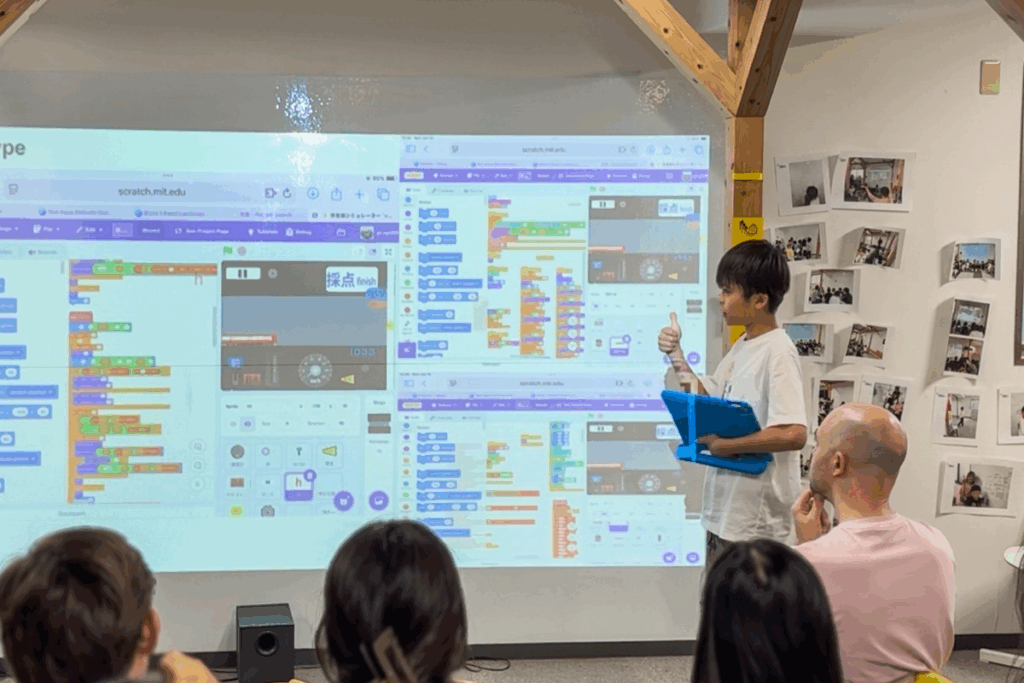MEES International School: Cultivating 21st-Century Innovators
In a fast-changing world, the traditional test-focused model of education is losing relevance. More families today are seeking schools that nurture creativity, adaptability and real-world readiness. MEES International School, now celebrating its 10th anniversary, reflects this shift through a blend of foundational educational philosophies and a focus on essential 21st-century skills.
What Educational Philosophies Does MEES Blend in its Curriculum?
MEES integrates three core educational philosophies—Montessori, Reggio Emilia, and Project-Based Learning (PBL). Montessori and Reggio Emilia guide the preschool program, while project-based and inquiry-driven learning define the elementary level. This blend encourages independence, curiosity and collaboration.
Rather than being geared toward exam results, the focus is on holistic development, allowing children to learn from their own experiences and apply that knowledge directly to real-world settings.
Kent MacLeod, Deputy Head of MEES, said: “The industrial test-prep model is outdated. We want to cultivate young learners who are confident, resilient, and able to think creatively, critically and collaboratively. Having these skills is the basis for many other future fields such as art, science or math.”
The ultimate goal is to cultivate a new generation of learners equipped with the four C’s, forming the essential base for success in any future field.
These essential 21st-century skills include:
- Communication
- Collaboration
- Creativity
- Critical Thinking

How MEES Helps Students Take Charge of Their Own Learning?
At MEES, students become lead investigators of their own learning through inquiry and project-based activities that put them at the center of the process. Primarily in the elementary program where students engage in inquiry-driven and project-based learning, they are actively involved in the decision-making process, from fundamental choices to the core direction of entire projects.
This autonomy ensures that children are motivated and invested in their education. When a project is launched, students are involved in selecting which aspect of it they want to contribute to, aligning tasks with their specialty, passion and strengths.
For example, in a project focused on creating a play, students with different talents can find their role, whether it involves acting, scriptwriting, building the set, filming, editing or promoting the play on social media. This approach allows children to experiment and grow early, establishing a strong sense of who they are and what skill sets they possess.
How Does MEES Integrate Technology as a Transferrable Tool?
Technology, including coding and digital design, is integrated across the curriculum as a practical tool — not a separate subject.
Crucially, the skill or usage is always guided by the question, “Is this going to be transferrable to the real world?”
Technology use is always purposeful, never performative. If a student is using a device, a legitimate task is underway. MacLeod says, “If the kids have an interest in a certain topic and they need coding to do so, a teacher will guide and facilitate corresponding projects to develop tangible, real-world skills.”

How Does MEES Use Tokyo’s Mega-City Location and Nature for Learning?
MEES leverages its Tokyo setting to provide rich, real-world learning experiences while keeping nature as an essential part of the curriculum. The school maintains two forest campuses in Chiba, which serve as annex classrooms for outdoor and project-based learning, helping students balance digital fluency with hands-on exploration. These sites are integral to the program and regularly visited by students throughout the year. This commitment to real-world integration ensures students realize knowledge is transferable outside the classroom.
The school integrates both urban and natural learning environments, from world-class museums and interactive exhibits to its Forest Project and outdoor education program in Chiba. The school deliberately offers both sides of the coin: being tech-savvy while also exposed to natural and rural settings. Outdoor challenges build creativity, resilience, and teamwork — key skills emphasized throughout MEES. The result is a graduate who is comfortable with a computer at a desk and with trekking up mountains in the rain.
What are the Benefits of the Mixed-Age Cohorts at MEES?
MEES fosters a close-knit, personalized community through its intimate structure and the use of mixed-age cohorts, which are akin to a one-room schoolhouse curriculum. The elementary program currently serves around 30 students, with the capacity to grow to approximately 50 students as enrollment expands, maintaining an excellent student-to-adult ratio—often 1:10 or better—with three or four elementary teachers present with the students all day.
Alongside maintaining a personalized student-to-teacher ratio, mentorship and leadership development are intentional parts of MEES’s design as they create an open environment where peers mentor one another. MacLeod says, “Having an older figure helps kids grow. It’s not only learning from your teachers, but also from your peers.”
This mixed-age dynamic fosters a deep sense of community and family. Older students naturally step into mentorship roles and help younger students while younger students benefit from having role models. This organic mentoring allows children to learn not just from their teachers, but also from their peers, which is a powerful element for growth.

FAQ
Does MEES focus on test preparation?
No. MEES emphasizes curiosity, critical thinking, and self-management rather than test preparation, focusing on developing the four C’s through hands-on learning.
What is the student-to-adult ratio in the elementary cohort?
The elementary program maintains a student-to-adult ratio of around 1:10, ensuring close support and individualized attention.
Where does MEES conduct its outdoor education and Forest Project?
MEES owns and maintains two forest campuses in Chiba that serve as extensions of the classroom. Students visit regularly for long-term Forest Projects, outdoor learning, and inquiry-based study.
Conclusion: The Optimal Educational Journey
Ultimately, for families seeking a meaningful and well-rounded education, MEES is dedicated to offering the opportunity for children to be creative self-starters who are well-established in their own identities, skill sets, and passions. The blend of progressive philosophies, student agency, and real-world integration creates graduates who are resilient, confident and prepared for success in the dynamic global landscape. Learn more about MEES International School on the official website to explore the school in full detail.

